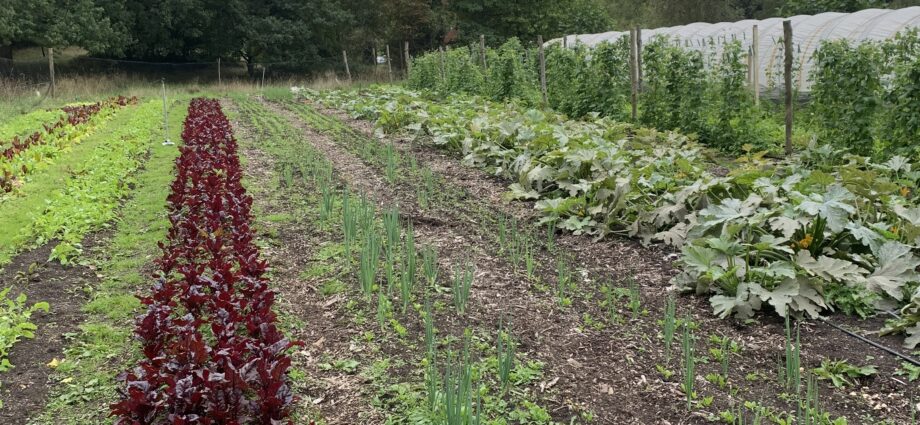‘…growing is just one part of the project, as their main focus is to transform how people think and understand food and they do so by being an active part of the community.‘
-Alan Lacey Raposo
I recently had the chance of visiting a very interesting food space: the “Hawkwood Nursery” which is run by the Organic Lea cooperative. The nursery is located in North East London, within Chingford which is part of the borough of Waltham Forest. The site sits on the edge of the very much locally loved “Epping Forest” and right in middle of the Lea valley which are wetlands, marshes and fertile land formed by one of the most famous London rivers after the Thames, the river Lea. The Lea valley was also a historical point for food growing close to London.
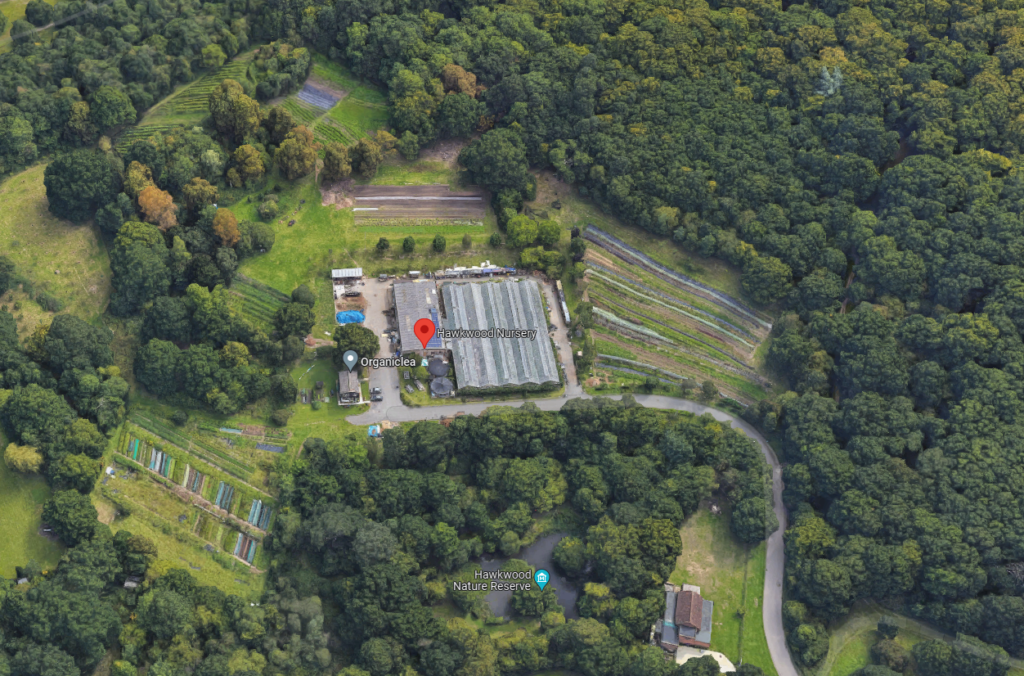
Organic Lea is a workers’ cooperative that was set up in 2001 as an attempt to prove that more organic produce could be achieved within the London area.
Their first project was the restoration and recovery of a derelict allotment, which helped to prove their point and create a new space for the local community to learn about food and different ways of cultivating.
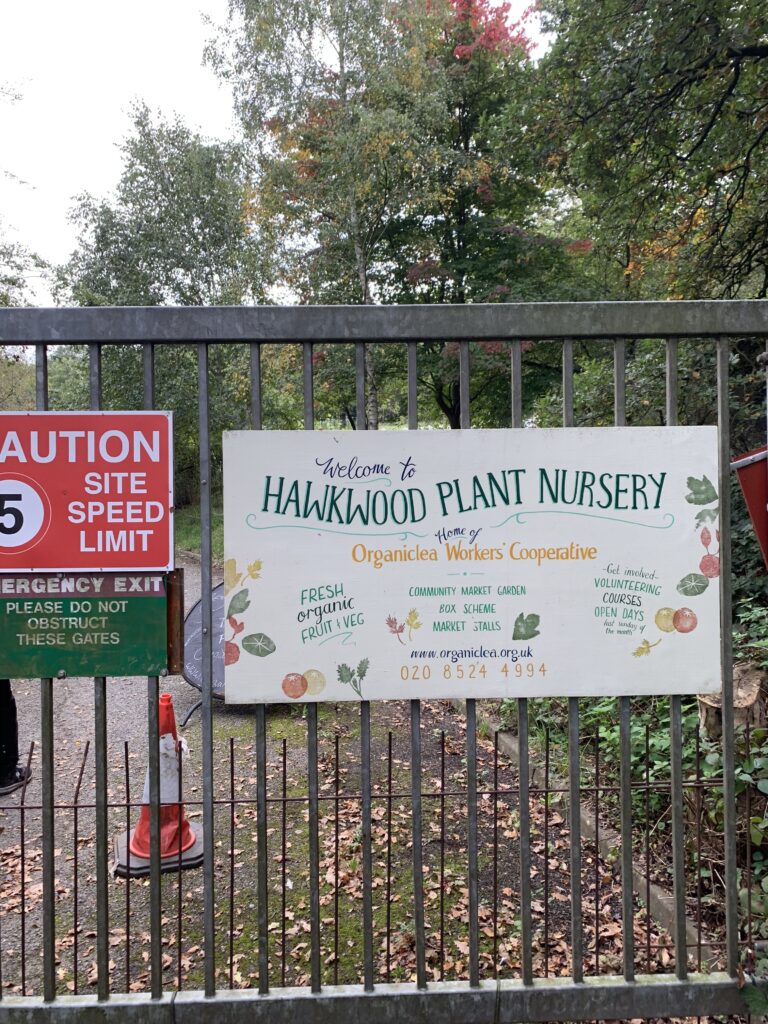
A few years down the line, as they became more recognised for their work a new opportunity surfaced, Waltham Forest council was looking for somebody to take over one of their recently abandoned plant nurseries – The Hawkwood Nursery.
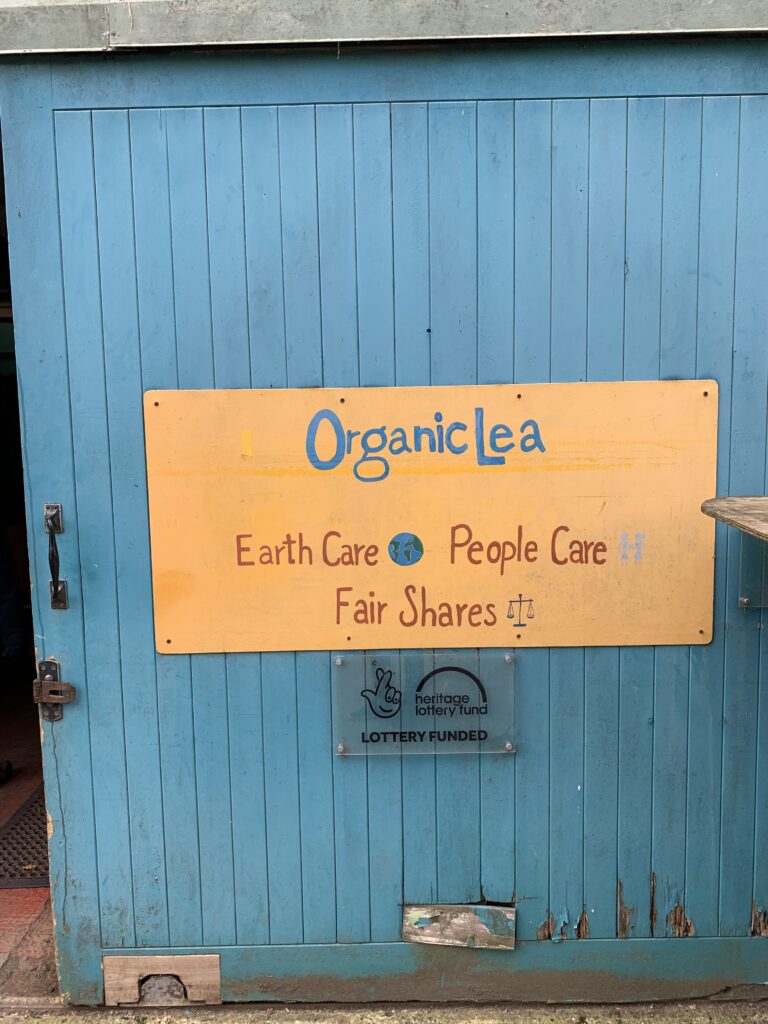
‘They feed over 1000 households every week with their organic food boxes, something they are able to achieve thanks to their core idea of partnerships and alliances with other local and regional organic food producers.‘
-ALAN LACEY RAPOSO
After a period of negotiation, the cooperative was able to secure a ten-year lease with the local council, which over time has been renegotiated and extended as they are now considered a fundamental part of the local community.
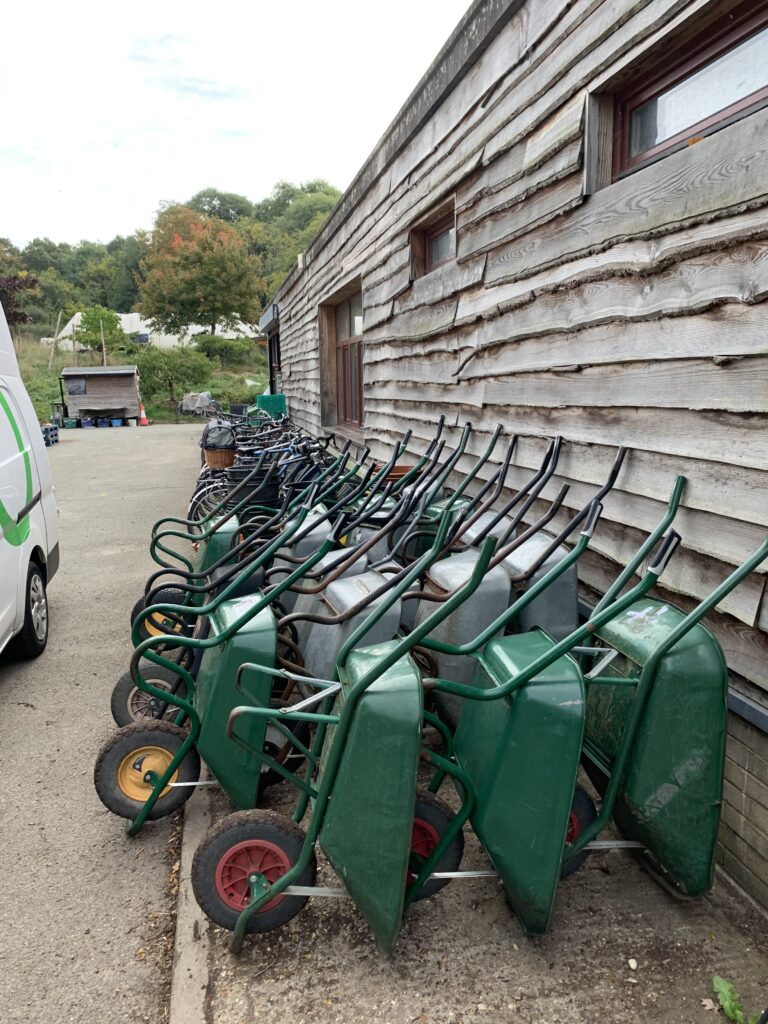
The cooperative is formed by between 10 and 15 workers who function with a horizontal hierarchy, everybody has the same power and the decision-making process is completely democratic and based on consensus.
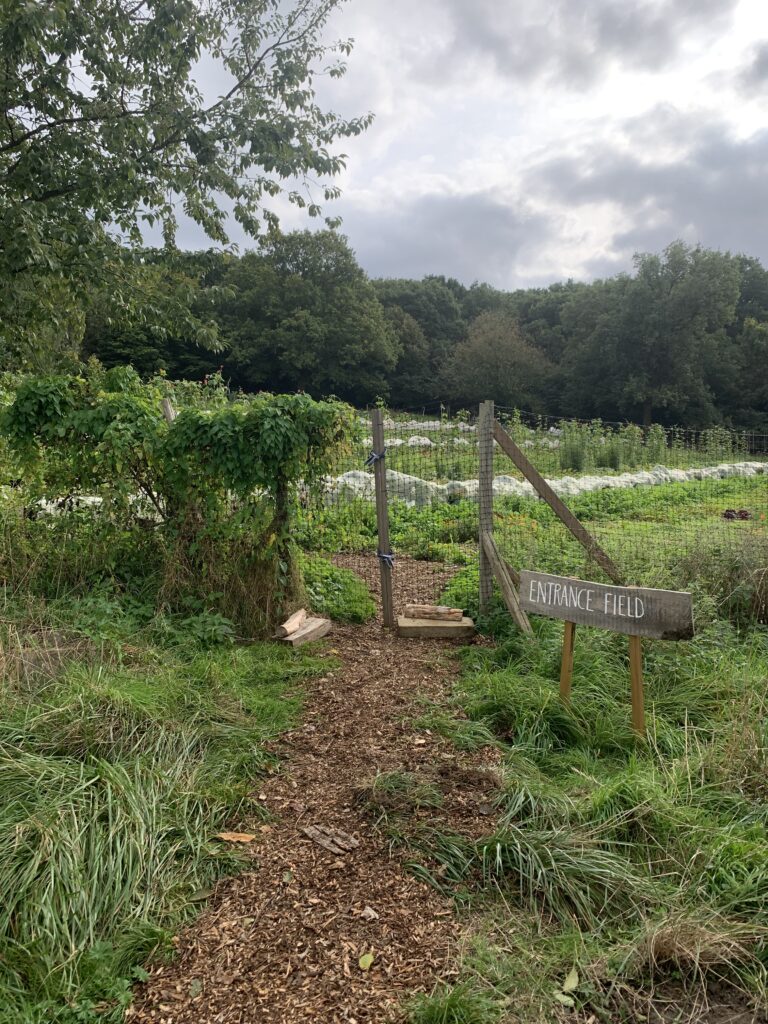
They only work part-time, which is a way for them to build up the idea that this should not be considered their main job, more like something on the side which they dedicate time to. As well as the workers they also count with over 100 volunteers each week, that help with daily tasks, growing, workshops and many other on-site needs.

Organic Lea earns over a Million pounds a year, of this amount only 30% are from funds and the remaining 70% is from contracts and sales from their produce. They feed over 1000 households every week with their organic food boxes, something they are able to achieve thanks to their core idea of partnerships and alliances with other local and regional organic food producers.
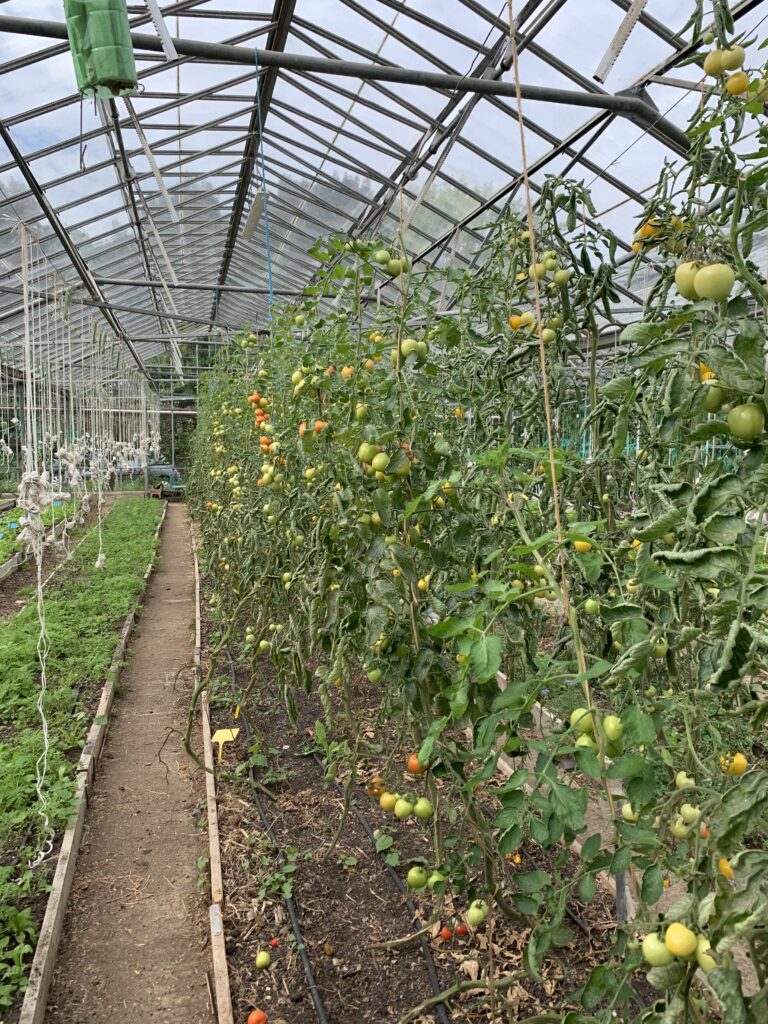
These food partnerships help integrate the local community, support placemaking and embrace a new approach that confronts competition with cooperation.
‘Food is a fundamental part of our societies, that links with many aspects of our everyday life and well-being. Re-thinking our food system towards a healthy and sustainable alternative should be an essential part of our futures, but furthermore, we must fight to bring this back to our neighbourhoods and local communities.‘
-ALAN LACEY RAPOSO
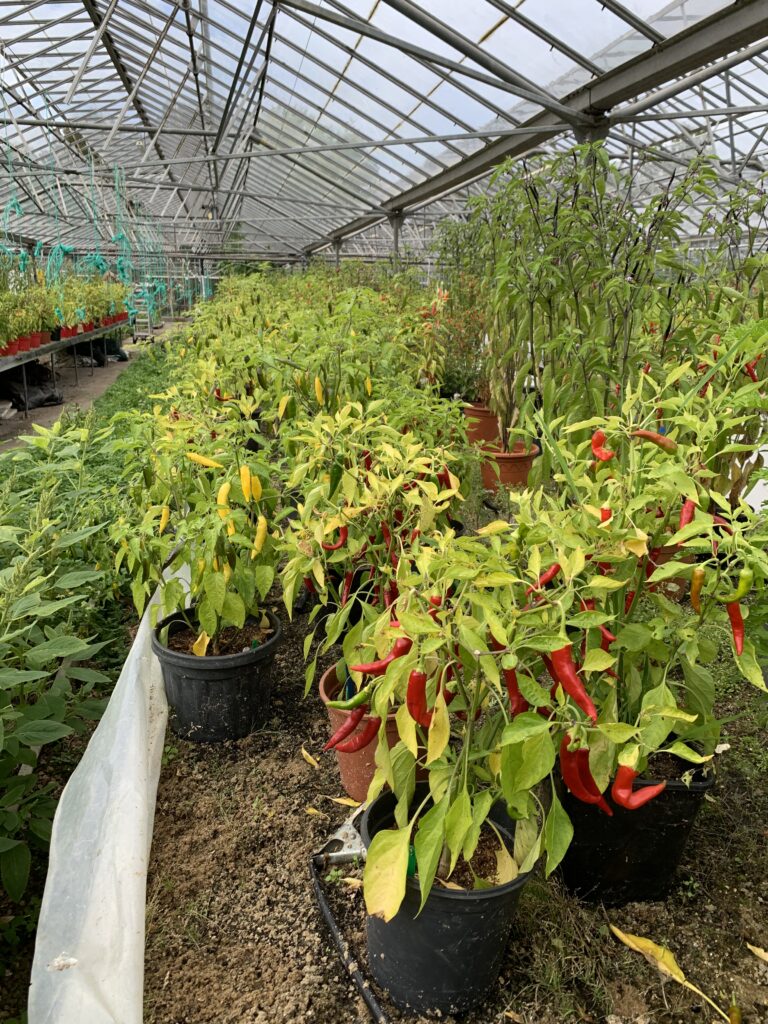
The site is divided in different areas, of the twelve acres they only grow on six and the rest is made up of woodland, wildflower beds, orchards, a pond and a composting area. Half an acre is occupied by the previously existing greenhouses that allow them to continue growing through the winter.
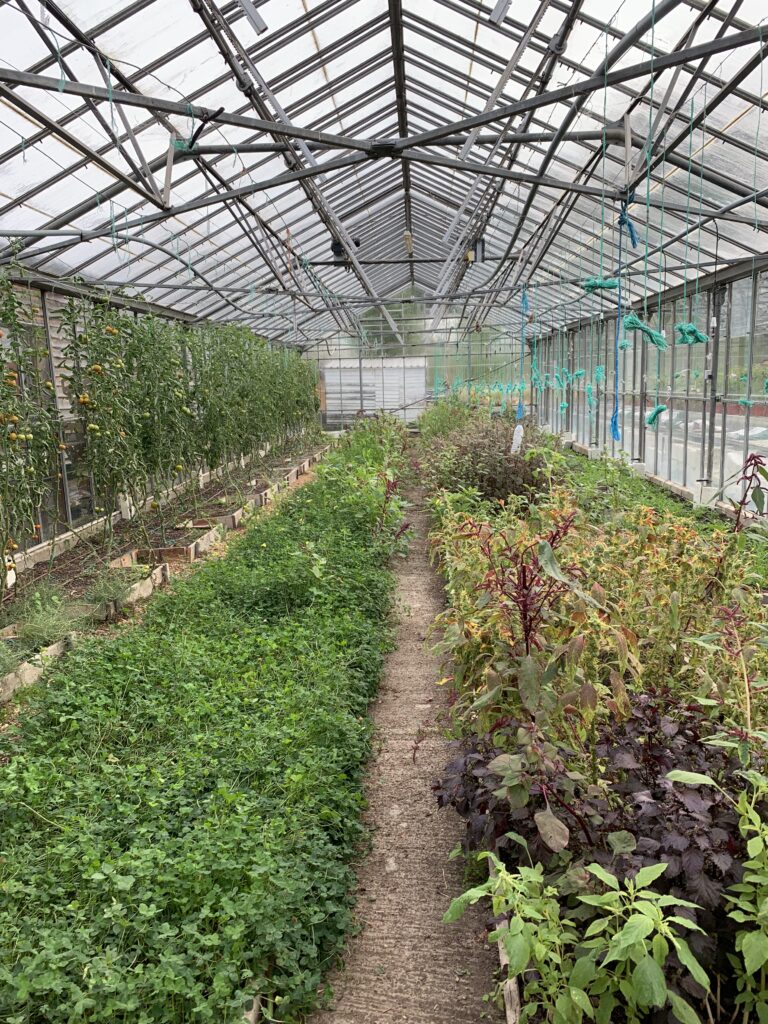
A few acres are dedicated to outside growing of a variety of vegetables that are set on rotating fields that change every six to eight years. This has allowed them to generate a unique soil bed which combined with their permaculture techniques and green manure has an incredible effect on their produce.
‘These food partnerships help integrate the local community, support placemaking and embrace a new approach that confronts competition with cooperation.‘
-ALAN LACEY RAPOSO
But growing is just one part of the project, as their main focus is to transform how people think and understand food and they do so by being an active part of the community.
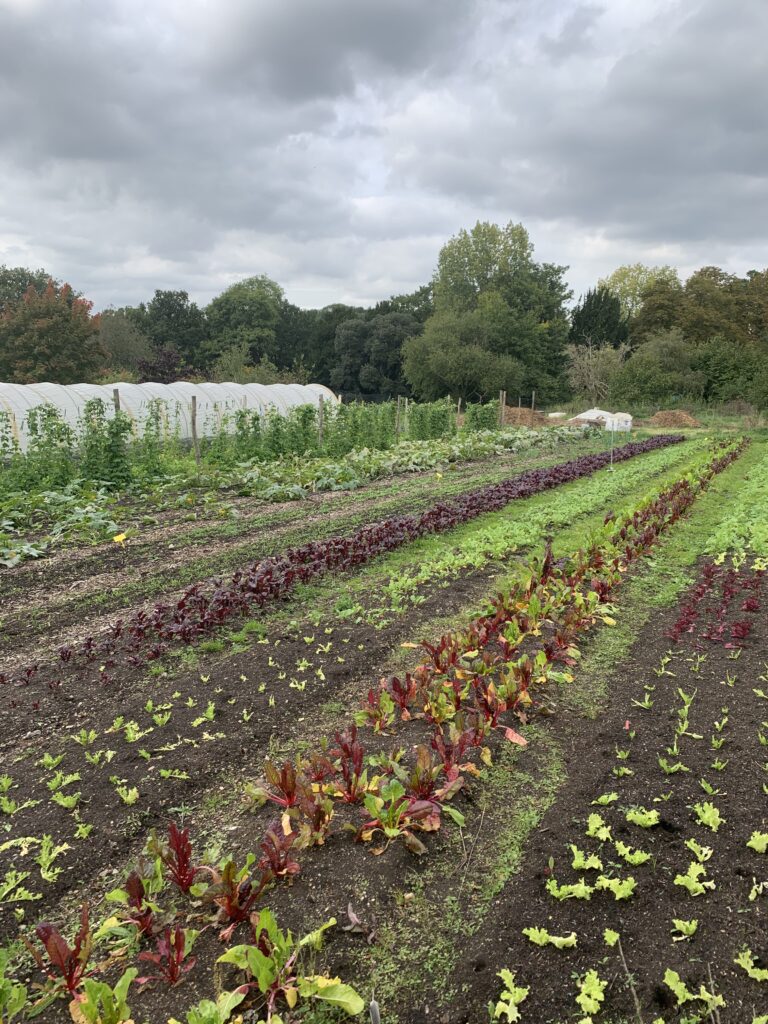
One of their core principles is to raise awareness on climate emergency but also the role of nature and food related to our mental and physical well-being. One of the ways they achieve this is by speaking to the local medical community, which are now prescribing many of their patients with “nature” to fight many of their ongoing issues.
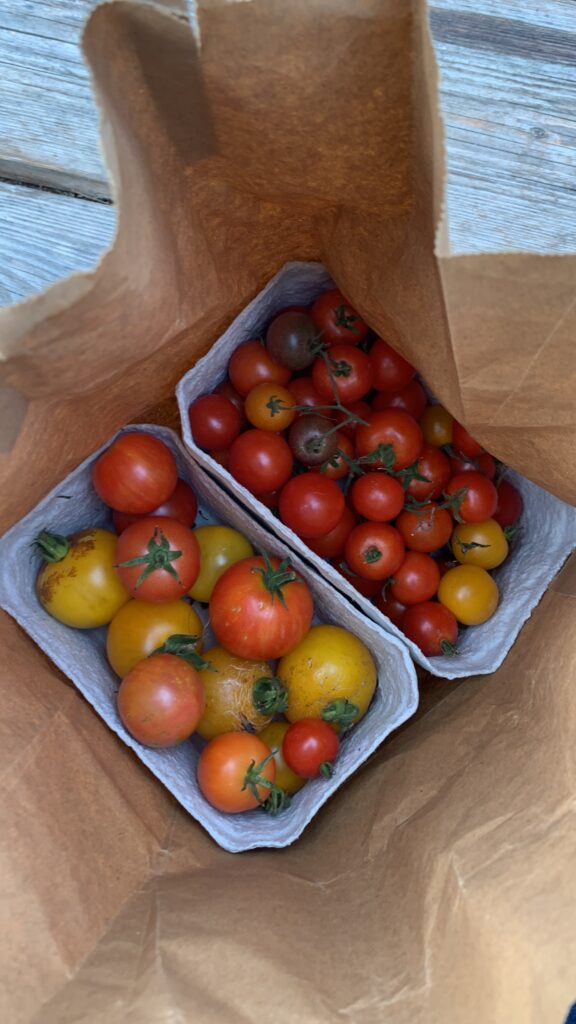
Food is a fundamental part of our societies, that links with many aspects of our everyday life and well-being. Re-thinking our food system towards a healthy and sustainable alternative should be an essential part of our futures, but furthermore, we must fight to bring this back to our neighbourhoods and local communities.
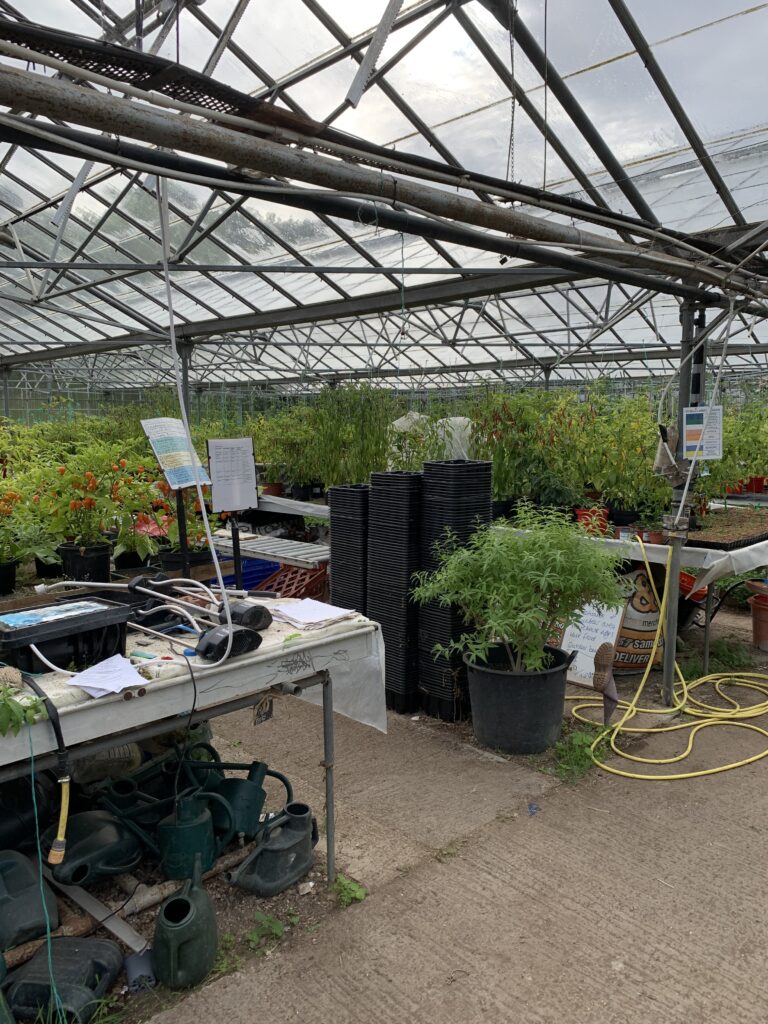
- Organic Lea Webpagehttps://www.organiclea.org.uk/
- Sustainable Food Placeshttps://www.sustainablefoodplaces.org/
- International food movement – Via Campesina https://viacampesina.org/en/.
- Food Sovereignty UKhttps://foodsovereigntynow.org.uk/
- Community Food Growers Networkhttps://www.cfgn.org.uk/
- Landworkers Alliancehttps://landworkersalliance.org.uk/
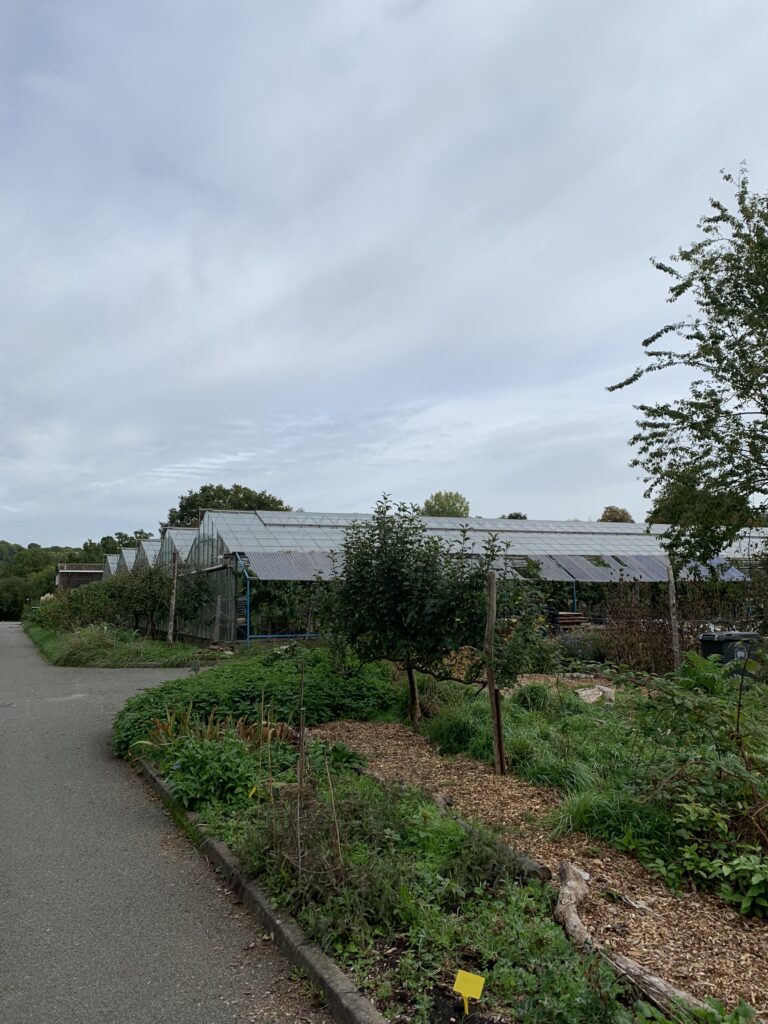
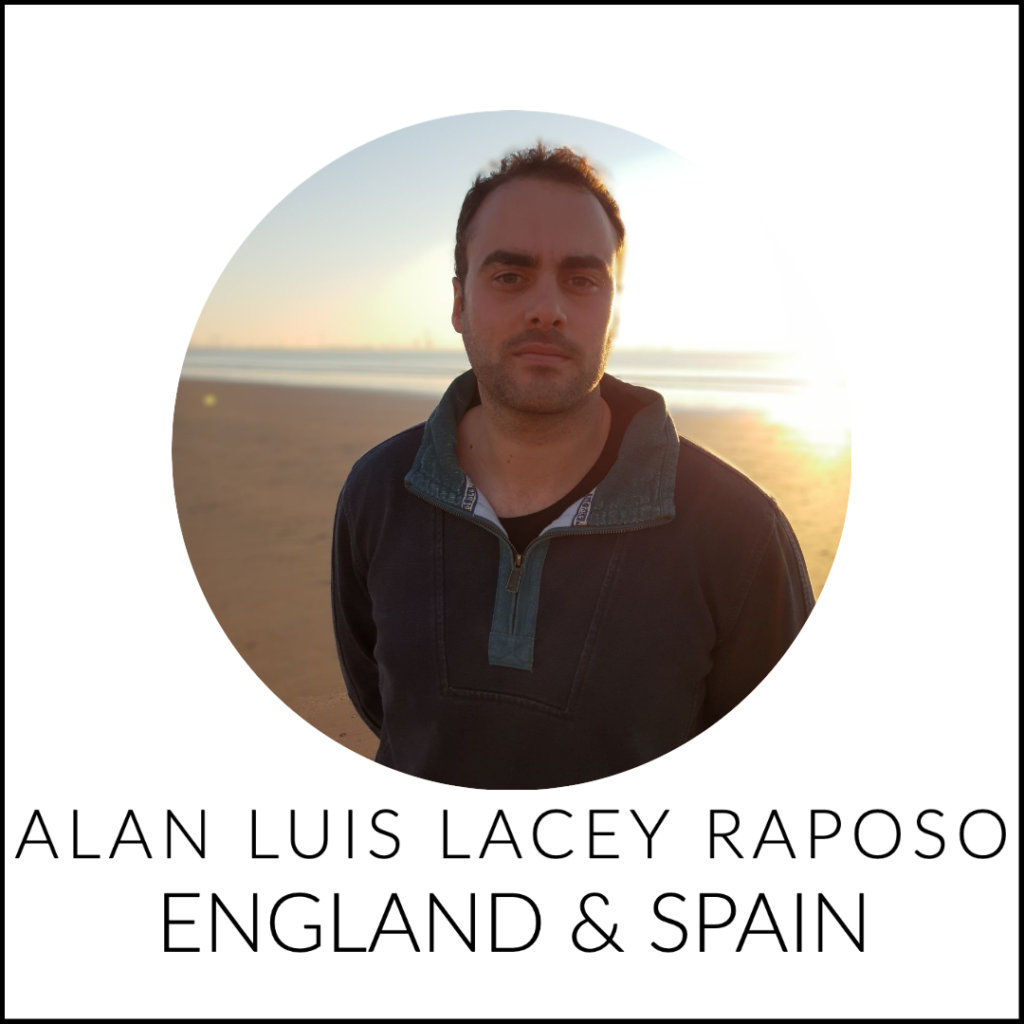
Alan is an ex-chef, he studied political science and has an MSc in Sustainable Cities. Activist for change, he has worked with refugee NGOs in Seville, as policy officer in local government and is currently involved in a unique community project called Local Trust.
View content by Alan here.
Learn more about the Global Walkability Correspondents Network here

